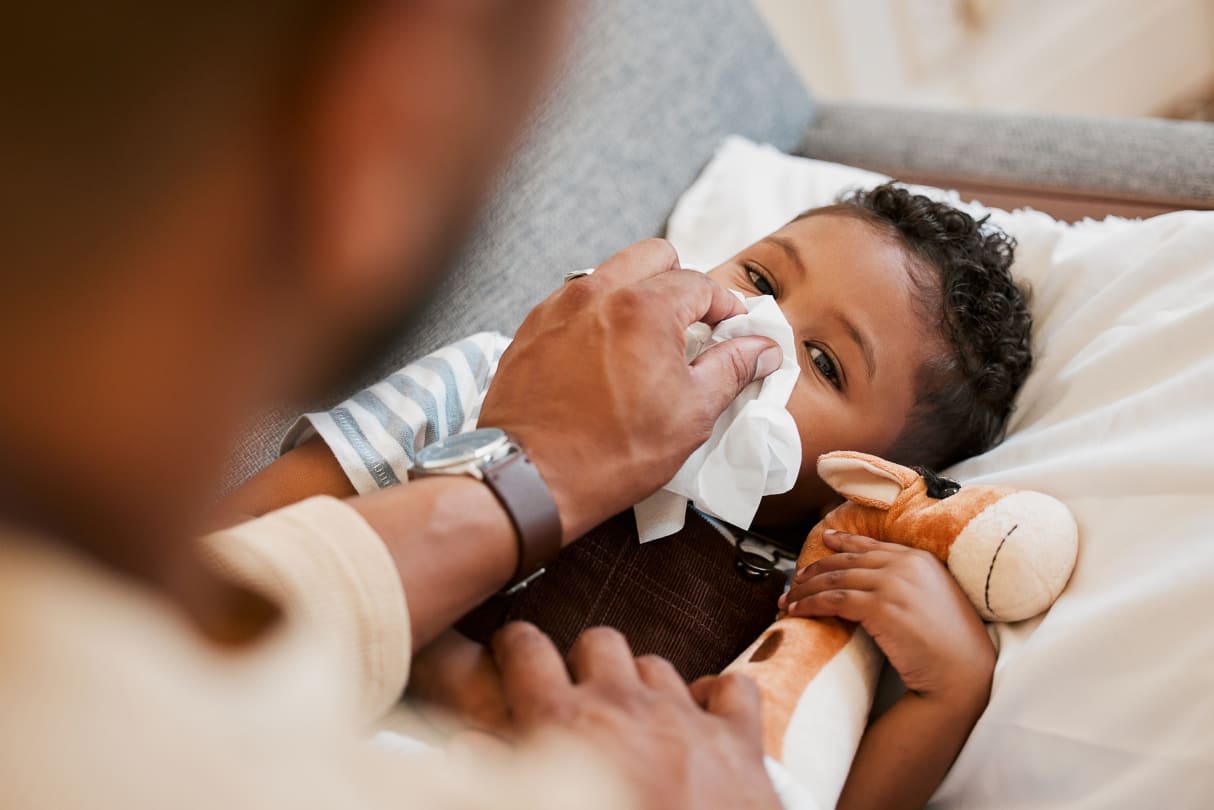Congenital disorders
A New Way To Protect Your Kids From RSV: 8 Things To Know
RSV is a highly contagious virus that spreads rapidly among children. The virus can live for hours on surfaces, such as doorknobs, countertops, and crib rails, and then spread when people touch their face after touching those surfaces. It also spreads through the air, often when a person infected with the virus coughs or sneezes, and droplets get in another person’s eyes, nose, or mouth. It spreads during close contact with an infected person.
The infection can make its way down into the lungs, causing a clinical syndrome called bronchiolitis (inflammation of the small airways in the lungs) that results in difficulty breathing; it’s especially risky for those born prematurely or with underlying medical conditions, such as congenital heart disease.
In children younger than 5, there are approximately 2.1 million RSV-related outpatient visits a year in the U.S. Many babies won’t need to go to the hospital, but in a given year, 58,000 to 80,000 of them do, and there are 100 to 300 deaths.
“Young babies are nose breathers, so if their nose gets clogged, that can contribute to respiratory problems,” Dr. Murray says. RSV is also the most common cause of bronchiolitis and pneumonia. “They can develop life-threatening complications. Plus, early infection with RSV is a risk factor for developing asthma later in childhood.”
There is no treatment for RSV beyond hydration, over-the-counter medicines to control fever, if present, and close monitoring for difficulty breathing. Severely ill babies may need to go to the hospital for intravenous fluids, supplemental oxygen therapy, and, in rare cases, mechanical ventilation (a machine to help them breathe).

